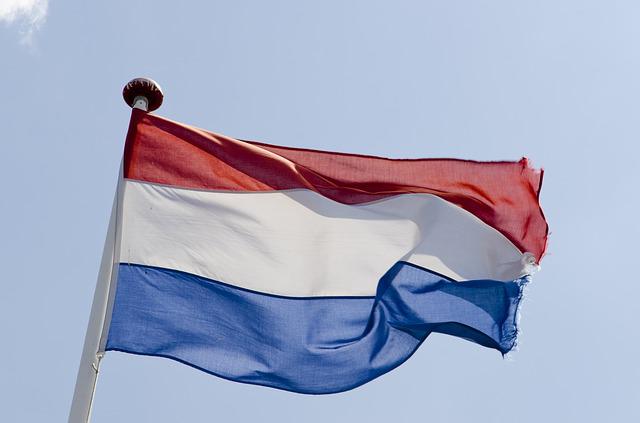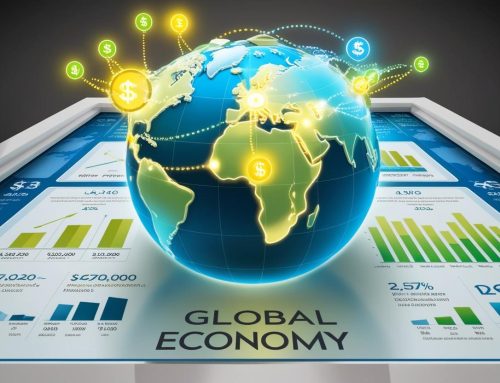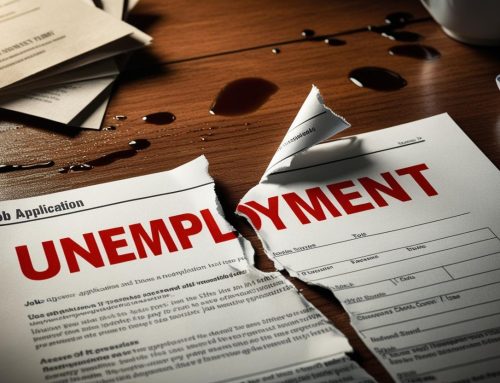February 9, 2023
Reduced resource consumption after 2014
Besides reuse, reducing the need for natural resources is another way to eventually become fully circular. The total amount of natural resources used in the Dutch economy excluding recycled waste (direct material input) had decreased considerably by 2020 (359 billion kg) relative to 2014 (390 billion kg). The decrease in natural resource use is mainly due to lower consumption of fossil fuels and non-metallic minerals. The nitrogen crisis, which limited the amount of construction projects, plays a role here. In addition, the coronavirus crisis has had an impact as compulsory working from home meant less commuting and less flying. The drop in fossil fuel consumption may not be structural.
Greater share of natural resources imported
In the period 2014-2020, the share of natural resources imported by the Dutch economy from abroad increased for all material categories except for non-metallic minerals. In terms of direct material use, the share increased from 67 percent in 2014 to 73 percent in 2020. In particular, dependence on fossil fuels from abroad has increased, especially natural gas. This is due to the reduced natural gas extraction in Groningen. For direct input of metals, the Netherlands depends entirely on foreign supply.
Major share of natural resources processed into export products
In 2020, the Dutch economy processed 409 billion kg of natural resources and other materials. A sizeable proportion of these materials was processed and eventually exported (179 billion kg or 44 percent); 168 billion kg was used in the manufacture of consumer products and other goods.
Of the resources that were processed, a good portion (110 billion kg or over 25 percent) is ‘lost’ as a resource through incineration and consumption of food and other products that can only be used once (short-cyclical products). This applies especially to biomass and fossil energy carriers. These make a significant contribution to CO2 and other greenhouse gas emissions. Another significant proportion of natural resources ends up in the waste flow (60 billion kg), some of which is recycled and returns into the resources that are processed within the Dutch economy (50 billion kg).
The recycled waste can only replace a small proportion of the total amount of natural resources needed. Currently, the released secondary materials (50 billion kg) or even all the waste materials (60 billion kg) do not cover the use of materials in the domestic economy of 229 billion kg (comprising energy consumption and material use). To achieve a circular economy, the use of fossil energy carriers must be reduced and materials must be used more efficiently. The latter can be achieved for example through product life extension or sharing of products.
Source: Statistics Netherlands (CBS)
Legal Notice: The information in this article is intended for information purposes only. It is not intended for professional information purposes specific to a person or an institution. Every institution has different requirements because of its own circumstances even though they bear a resemblance to each other. Consequently, it is your interest to consult on an expert before taking a decision based on information stated in this article and putting into practice. Neither Karen Audit nor related person or institutions are not responsible for any damages or losses that might occur in consequence of the use of the information in this article by private or formal, real or legal person and institutions.






